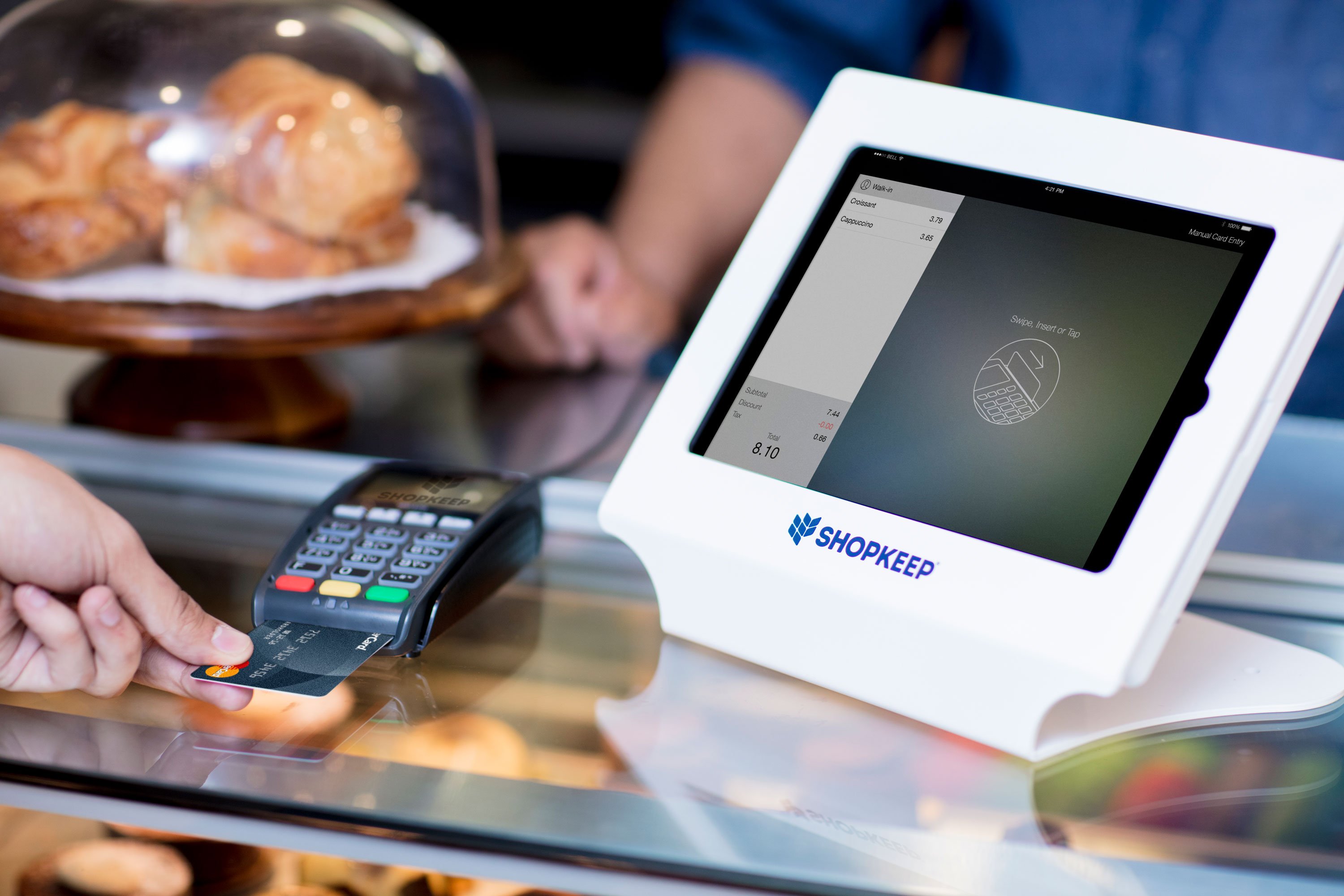The Payroll Blog
News, tips, and advice for small business owners
- Home
- Resources
- Payroll Blog
- How to Measure the Success of your Small Business
How to Measure the Success of your Small Business
July is Independent Retailer Month—we've partnered with ShopKeep on a three blog series focused on small business tips, with a special emphasis on retail business.

All small business owners want their businesses to be successful, but many are unsure how to measure business performance or what constitutes success, besides the obvious financial gains or losses. Although measuring financial performance is important in any business, it is not the only measure or indicator of growth, success or sustainability.
Planning and Goals
The first step towards measuring business performance is having a clear idea of your end goals. Think of this as your baseline measurement. Are you happy being the one-stop mom-and-pop shop on Main Street? Do you want to have multiple locations or be the next national chain? These goals may change over time, but there should always be something you are striving to achieve.
Part of running a better business is making objective decisions. Doing so requires a bit of planning. Actually, who are we kidding? You'll probably have to do a lot of planning, but that comes with the territory when you own a business. Whether you choose to formalize your plan (which we firmly suggest) or you are a little more haphazard in your approach, you ultimately need to have some idea of how you will accomplish your goals.
It's important to be realistic here. For example, if your goal is to be the next national chain in 5 years and you're currently a one-location business, the reality of that happening is pretty slim. But if you currently have one brick-and-mortar location and you want to open another location within the next five years after you've built up some resources and capital that is more realistic.
How to Set Key Performance Indicators (KPIs)
We're not trying to confuse you with alphabet soup, but Key Performance Indicators (KPIs) are key measures of business performance. A KPI is a value that can be measured or quantified to determine how efficiently a business is at achieving their objectives or goals. Now do you see why it's important to plan and set goals?
KPIs are different for every business type. Depending on what you want to track, if it's on a high level or a more granular one, your KPIs won't be the same as the KPIs of the business next door. Choose KPIs that align with your business and always select KPIs that are actionable.
For example, if you want to measure the retail performance of a brick-and-mortar store, you may want to purchase a point of sale (POS) system that provides insight into peak business hours and employee performance. You can then use this information to make staffing decisions to improve your business sales and payroll overhead.
If you're an online retailer on the other hand, the metrics you might use to track business performance will be slightly different. Instead of peak business hours you would use a platform such as Google Analytics to track what days and times you get the most website traffic.. You could then take this information to run promotions during those hours as a way to increase purchases or average purchase value.
How to Measure Non-Financial Business Performance
We said financial business measurements are critical, but we also said that there are other metrics that come into play to holistically measure business performance. So, what is a business performance measurement that is not tied to your business finances? Maybe the term 'non-financial' is throwing you for a loop so let's call them 'activities'. And yes, every business-related activity ultimately has an effect on your bottom line, but there is a difference between them and strictly financial KPIs, trust us. These activities are other measures that a business deems important to achieving its goals. Such measures can relate to employee performance and satisfaction, customer contentment (perhaps in the form of a Net Promoter Score—NPS, for example), reputation management, and competitiveness in the market, among other things.
Let's dive into the example of employee satisfaction in a bit more detail. There most likely isn't going to be one data point that captures employee satisfaction, but rather a mixture of both quantitative and qualitative measures. A quantitative metric that could be used to measure employee satisfaction would be your employee churn rate. Remember, happy employees tend to stay at their job longer, thus resulting in a lower churn rate. To calculate the churn rate, take the total number of employees that left your business (either involuntarily or voluntarily, or both) divided by the total number of employees over a period of time. For example, if a company has 100 employees at the start of the year and 10 employees left on their own accord (voluntary termination) and another 10 left due to company layoffs (involuntary), the total employee churn rate for the year would be 20/100 or 20 percent. While some turnover is both expected and unavoidable, too much will have a negative impact on your bottom line.
A qualitative tool that can be used to predict turnover is an employee satisfaction survey. Surveys are a great tool to help you understand the level of happiness and satisfaction an employee feels towards their job, as well as an excellent source for gathering suggestions about where the business can improve. A happy employee typically performs better, is a more productive and stays at their job longer than a dissatisfied employee. If you have angry personnel on your hands, you may be perpetuating or enabling an unpleasant business environment, which will in turn impact customer satisfaction — ultimately negatively impacting your bottom line.
How to Measure Financial Performance
Finally! A language all business owners understand: financial measurements. All businesses are in the business of making money.
All businesses, large and small, need to be conscious of their financial performance. Financial KPIs tell you how well your company is generating revenue and profits and whether your long-term goals are on track and achievable.
One of the most common financial KPIs most businesses measure is gross profit margin (GPM). This measures the ratio of money remaining after accounting for the cost of goods sold. So if your business earns $20,000 in revenue and the cost of goods sold (your products or services) is $10,000, your GPM would be 50 percent.
Another common example is sales growth. This measures the change in total sales generated over a period of time compared to the previous one. Typically this is done on a quarterly or yearly basis, but can also be done over shorter periods of time like month over month.
The question isn't why to measure business performance, the real question is how to measure business performance. While there is some subjectivity depending on your industry and individual business, there are certain KPIs that are relevant to all businesses. We hope this has given you a good starting point toward measuring your small business' performance.
Author Bio: As Content Writer at ShopKeep, the number #1-rated iPad Point of Sale System, Nicole Walters leverages her background in communications and her extensive experience in the payment and POS industry to create valuable content that addresses real problems and solutions for small business owners.
Related Blog Posts
View Our Plans and Pricing
Small Business Is Our Business.
This website contains articles posted for informational and educational value. SurePayroll is not responsible for information contained within any of these materials. Any opinions expressed within materials are not necessarily the opinion of, or supported by, SurePayroll. The information in these materials should not be considered legal or accounting advice, and it should not substitute for legal, accounting, and other professional advice where the facts and circumstances warrant. If you require legal or accounting advice or need other professional assistance, you should always consult your licensed attorney, accountant or other tax professional to discuss your particular facts, circumstances and business needs.


